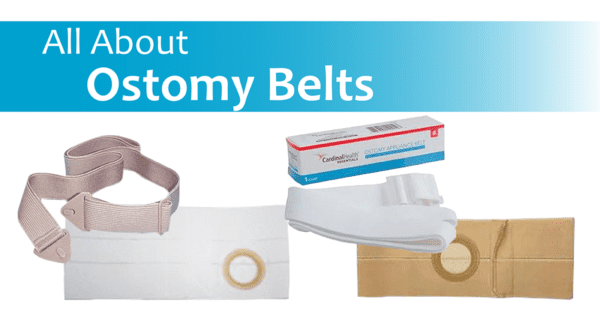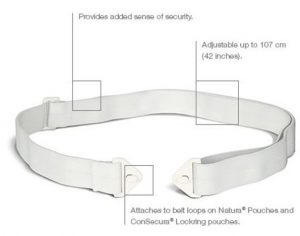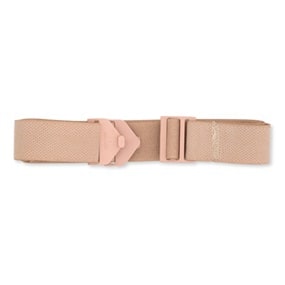A stoma cap can be a beneficial and discreet option when learning to care for your stoma in various situations. Having the right medical supplies can enhance your life with an ostomy, and this might be the ostomy accessory you are looking for.
What is a Stoma Cap?
A stoma cap is the smallest closed-end ostomy bag available and is used just like a traditional ostomy pouch. The only difference is that it cannot hold stool for long-term usage due to its size. Generally, this ostomy product is about the size of the palm of the hand, approximately 3-4 inches across.
Many of the features you’ll find on a traditional closed-end ostomy pouch can be found on stoma caps. Features like filters, mechanical couplings with a lock, clear and transparent options, pre-cut, cut-to-fit, and adhesive coupling systems are all options depending on the brand. It is common for them to have an absorbent liner to help absorb moisture naturally produced by the stoma.
Is a Stoma Cap Right for You?
Since the size of the stoma cap is small and they are not drainable, they are intended for those with an inactive stoma. Unfortunately, this ostomy product is not suitable for all types of ostomies. A stoma cap may not be a good choice for those with ileostomies or unpredictable colostomy output. It is not ideal for large amounts of liquid or formed stool and may cause trouble.
If you irrigate your colostomy and have predictable and relatively infrequent bowel movements, a stoma cap may be an option for short-term or daily use.
When a Stoma Cap is Useful
As previously mentioned, a stoma cap is helpful for those with a colostomy with predictable output. They can be convenient when discretion is a priority.
Some examples of when a stoma cap can be a benefit include to following scenarios:
Swimming
One of the most common places a person desires discretion is at the pool. A stoma cap can provide this and can be easily concealed by a bathing suit or swim trunks due to its small size. Traditional ostomy pouches can be bulky, become heavy, and get in the way during water activities.

Working out or playing sports
Stoma caps are less likely to get in the way or move around when participating in a sport or working out at the gym. Additionally, a stoma protector can be paired with a stoma cap to protect the stoma if you are engaging in contact sports such as wrestling, football, or basketball. This product will protect the stoma from pressure and impact and help prevent leaks.

Intimacy
Discreetness is usually a preference when being intimate with your partner. A stoma cap can be a less obtrusive option during intimate moments and less prone to getting caught on fabric. When being intimate with your partner, the last thing you want is to snag the stoma cap and cause it to either come off or uncomfortably pull the stoma.

Irrigation
The stoma cap could be a full-time solution if you have successfully mastered emptying your bowels and flushing the colon. Irrigation is a process that takes time and practice. By flushing water into the colon through the stoma, irrigation can be beneficial when desiring to wear this ostomy product full-time.
What if a Stoma Cap is Not Right for Me?
 If a stoma cap is not the right option for you, but you still want a discreet option for covering your ostomy, you might want to consider an ostomy belt or ostomy wrap. An ostomy belt is an accessory that can provide more security for an ostomy pouching system. The tension that an ostomy belt or wrap delivers helps pull the ostomy pouching system toward the skin and prevent leakage. Those with a very active lifestyle may benefit from using an ostomy belt.
If a stoma cap is not the right option for you, but you still want a discreet option for covering your ostomy, you might want to consider an ostomy belt or ostomy wrap. An ostomy belt is an accessory that can provide more security for an ostomy pouching system. The tension that an ostomy belt or wrap delivers helps pull the ostomy pouching system toward the skin and prevent leakage. Those with a very active lifestyle may benefit from using an ostomy belt.
Ostomy belts and wraps are available in various sizes and styles to accommodate pairing with different manufacturer pouching systems and body types. If you need assistance determining which ostomy belt or wrap works with your current ostomy pouching system, our Product Experts are available to help.
Where to Buy Stoma Caps
At Personally Delivered, we carry stoma caps by trusted brands like ConvaTec and Hollister. The ActiveLife One-Piece Stoma Cap by ConvaTec features a charcoal filter that helps deodorize gas as it is released from the pouch. It is a lightweight, latex-free, and discreet option for those with less active or predictable stoma output.
Our Hollister Stoma Cap also features an integrated deodorizing carbon filter. It has a non-adherent and absorbent pad that protects from skin complications and is lightweight for comfort. You can confidently enjoy swimming and bathing with this ostomy product.
For any questions about the ostomy supplies we offer, please call us; our Product Experts are happy to help.

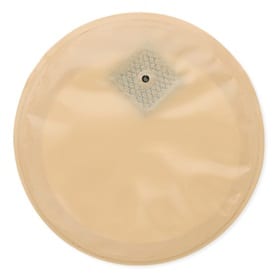
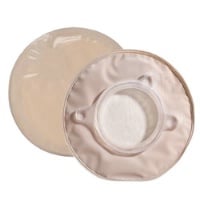
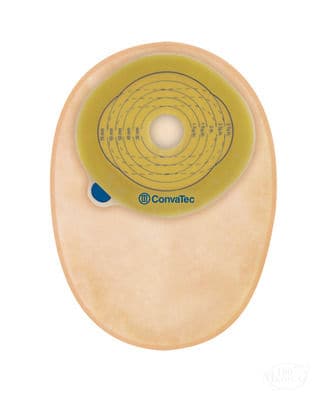
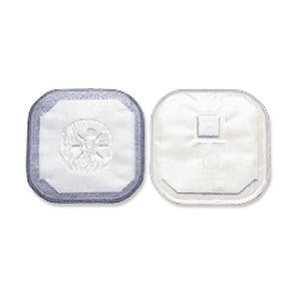
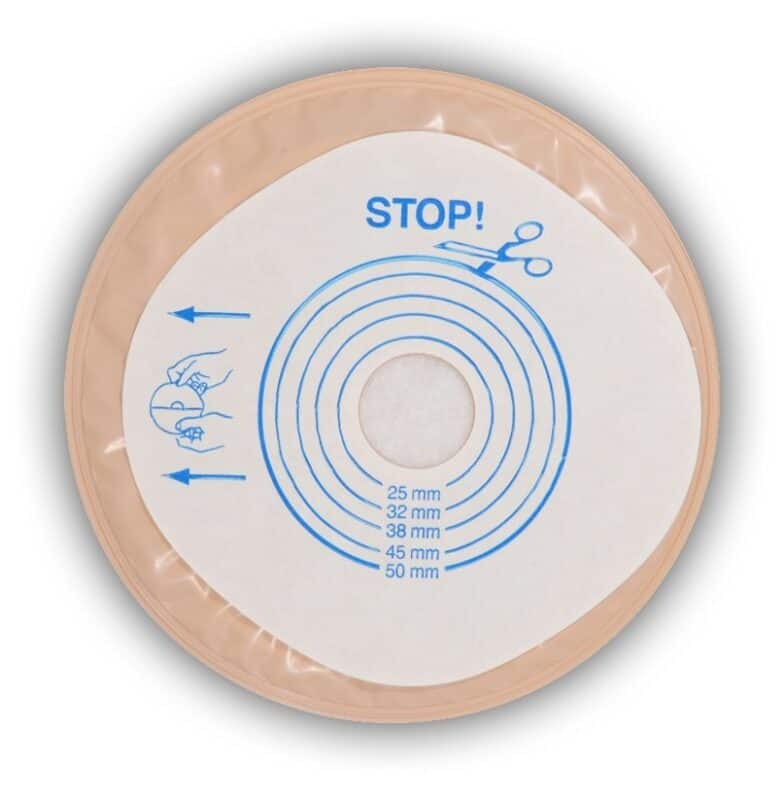




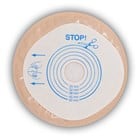
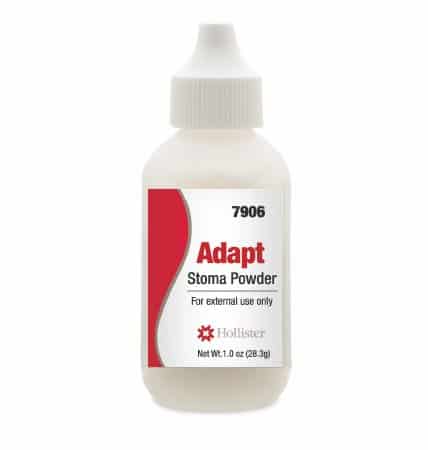
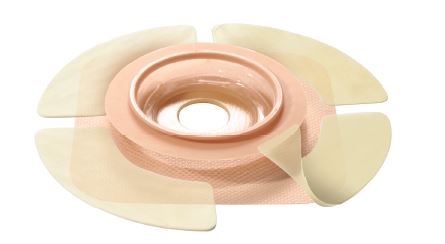
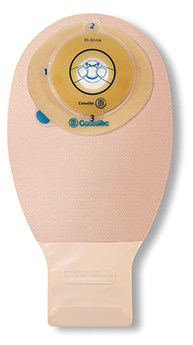






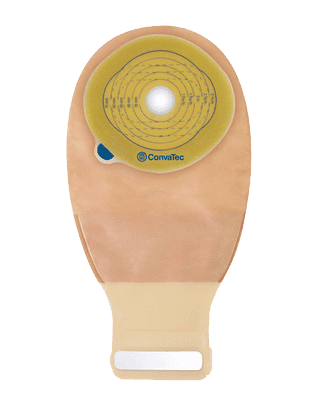

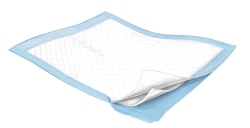
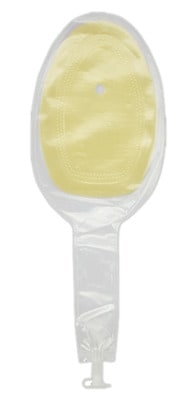



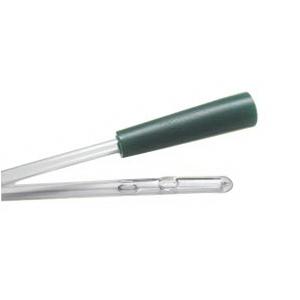
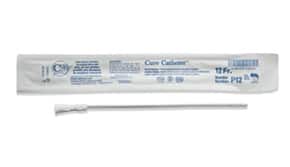
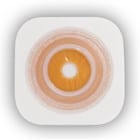


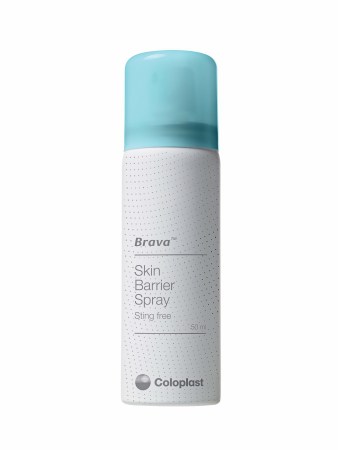
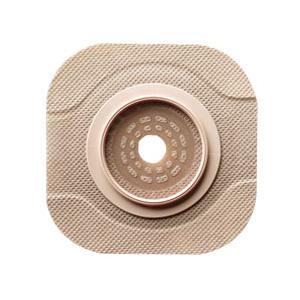

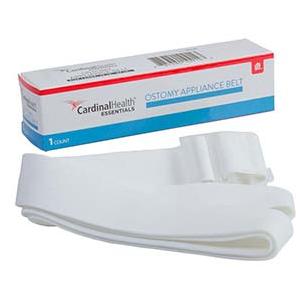
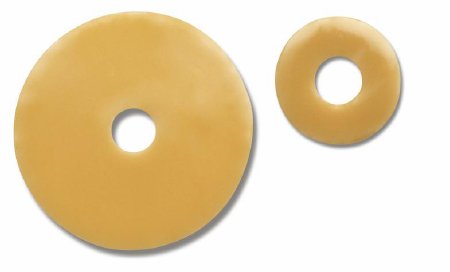
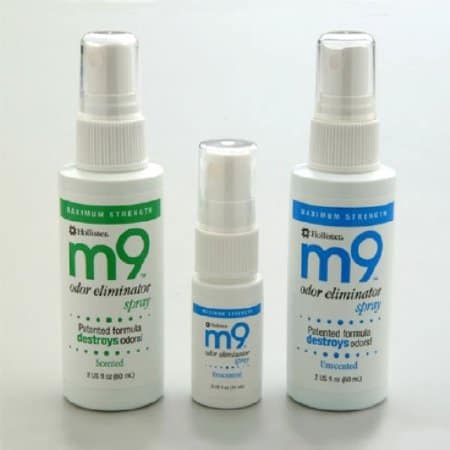
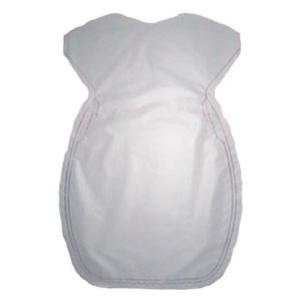
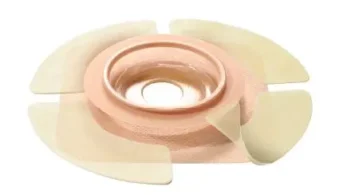
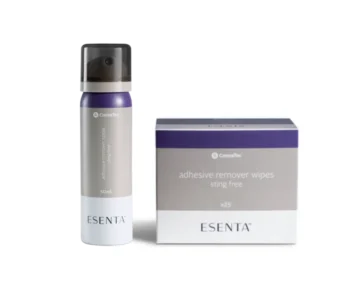

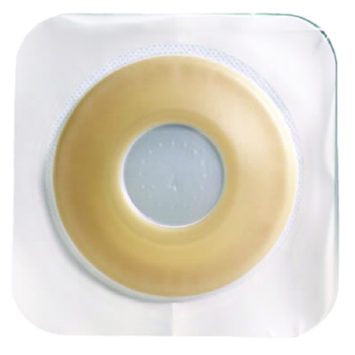



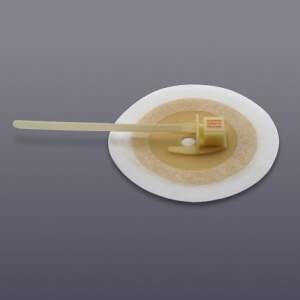
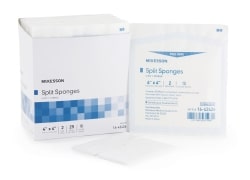
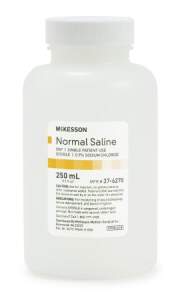




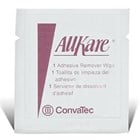
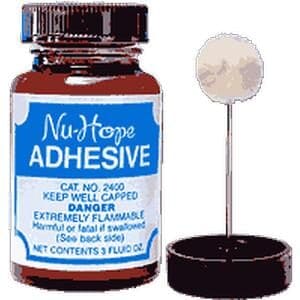

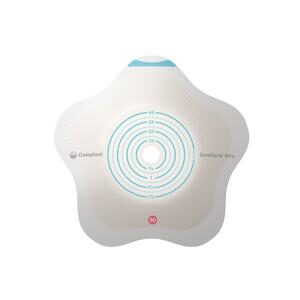

 Opening packets of an ostomy product such as stoma paste, peeling off backing papers, and cutting holes in skin barriers can be challenging for those with arthritis in their hands. Many manufacturers have noticed this problem that those with arthritis and an ostomy face and have made some adjustments to their packaging.
Opening packets of an ostomy product such as stoma paste, peeling off backing papers, and cutting holes in skin barriers can be challenging for those with arthritis in their hands. Many manufacturers have noticed this problem that those with arthritis and an ostomy face and have made some adjustments to their packaging. Many drainable ostomy bags feature integrated closures instead of clips. The
Many drainable ostomy bags feature integrated closures instead of clips. The  Arthritis in the neck and back can cause stiffness, and bending over to view the stoma when changing your appliance may be difficult. A suggestion to help make this a bit easier may be to sit down and lean back somewhere comfortable with a desk or table in front or beside you. Place a mirror on the table and face it down toward your ostomy appliance. A mirror that easily adjusts to all angles would work best.
Arthritis in the neck and back can cause stiffness, and bending over to view the stoma when changing your appliance may be difficult. A suggestion to help make this a bit easier may be to sit down and lean back somewhere comfortable with a desk or table in front or beside you. Place a mirror on the table and face it down toward your ostomy appliance. A mirror that easily adjusts to all angles would work best.



 Please speak to your Personally Delivered Product Advisor or complete our
Please speak to your Personally Delivered Product Advisor or complete our  After your order is complete, tracking information will be sent to you via email to let you know exactly when you will be receiving your medical supplies. You can expect to receive a call from your Specialist to make sure you received everything you needed and are happy with the service.
After your order is complete, tracking information will be sent to you via email to let you know exactly when you will be receiving your medical supplies. You can expect to receive a call from your Specialist to make sure you received everything you needed and are happy with the service.